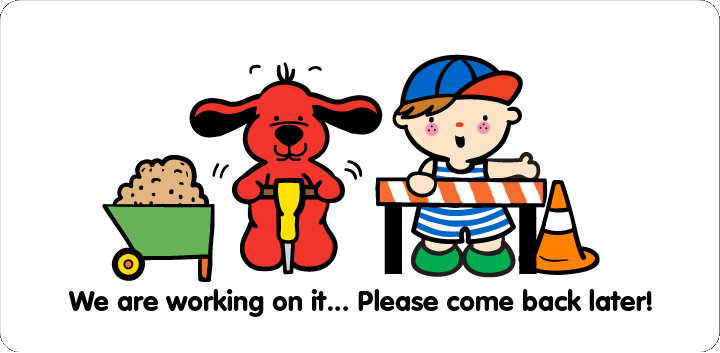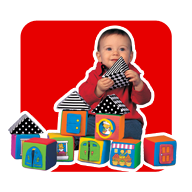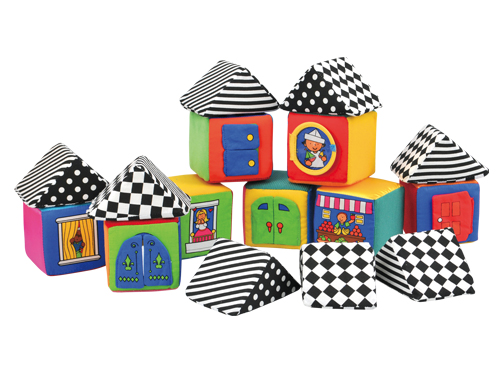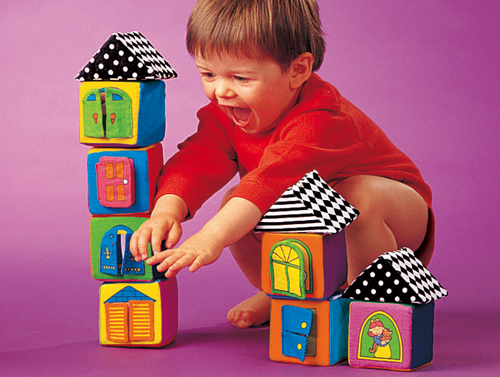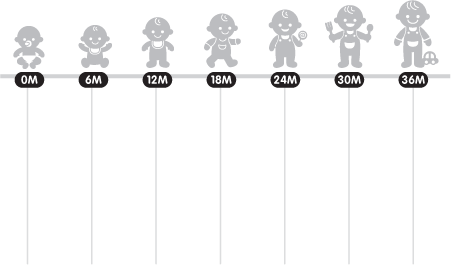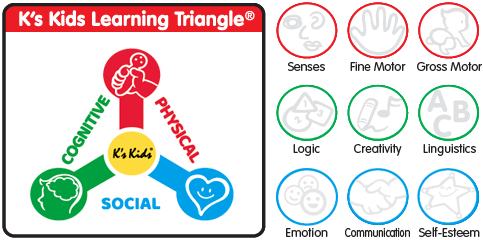







 Senses
Senses
The fundamental senses of seeing, tasting, hearing, smelling & feeling encourage a child's curiosity.
 Fine Motor Skills
Fine Motor Skills
Fine motor skills are those smaller actions between the thumb and fingers or using the toes to wriggle and feel the objects.
 Gross Motor Skills
Gross Motor Skills
Gross motor skills are larger movements involving the arm, leg, or feet muscles or the entire body.
 Logic
Logic
Logical training enables babies to make connections between pieces of information.
 Creativity
Creativity
Colors, shapes, learning how to draw, getting familiar with music and rhythm, all goes to aid the growth of a child's creativity.
 Linguistics
Linguistics
Linguistic Intelligence is the ability to use sound and language for expression and comprehension of others while a child is developing.
 Emotion
Emotion
A healthy child should be able to control and express his emotion, and interact effectively with others with mutual trust.
 Communication Skills
Communication Skills
Good communication skills lead a child to perform cooperative tasks and become productive team members.
 Self-Esteem
Self-Esteem
Self-Esteem is an overall sense of achievement a child feels from the important people around him. Task basis activities could help children to build up a stronger self-esteem with a better judgment about their own worth.
*아이들의 보편적 발달 단계에 따라 제품을 활용할 수 있는 방법을 단계별로 제시합니다. 본 표를 참고하시어 아이의 단계에 맞는 활동으로 아이의 발달을 도와주세요.
Objective: Fine motor skills training – grasping and shaking
Method: Encourage children to grasp and shake the blocks with both their right and left hands. This will create rattling and crinkling sounds.
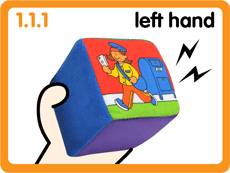























Objective: Fine motor skills training – flipping
Method: Encourage children to flip the window flaps with their right and left hands.
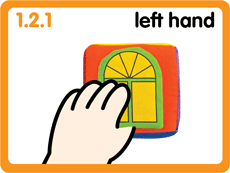























Objective: Developing self awareness - observing herself in the mirror
Method: Allow your child to observe and recognize her own image in the mirror. This helps develop her self-esteem.
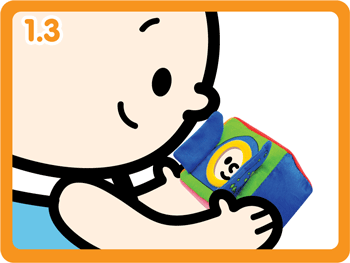







Objective: Gross motor skills training – throwing
Method: The blocks are soft and easy to grasp. Encourage children to throw the blocks to train their muscles and strength.
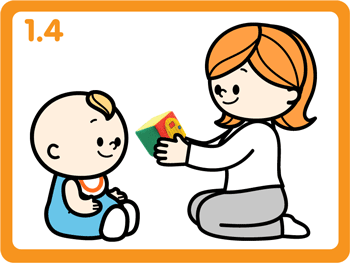







Objective: Eye hand coordination training – stacking two to three blocks
Method: Encourage children to stack two to three blocks, one on top of the other. This trains their balance and patience.








Objective: Cognitive training - learning animals
Method: Teach children the names of different animals using the graphics on the blocks.
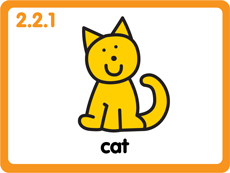











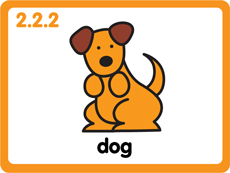











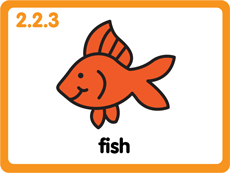











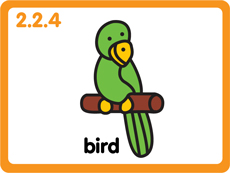











Objective: Cognitive training – pointing to animals
Method: Name an animal and encourage your child to point to it.
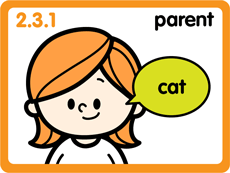











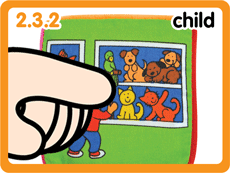











Objective: Cognitive training - learning colors
Method: Teach children different colors.
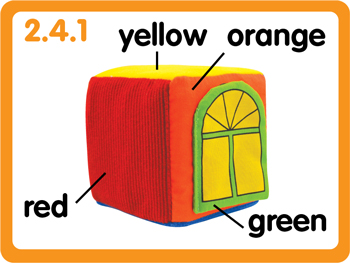











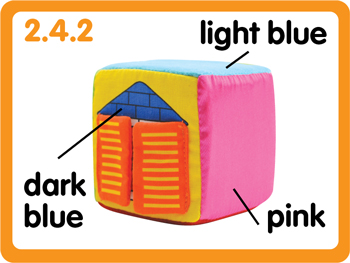











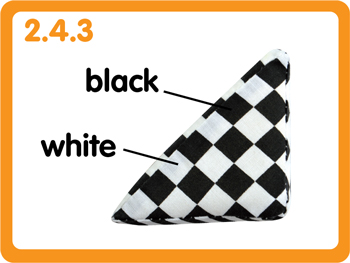











Objective: Cognitive training – pointing to colors
Method: Name a color and encourage your child to point to it.
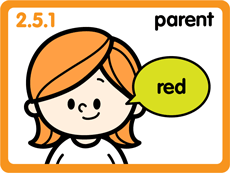











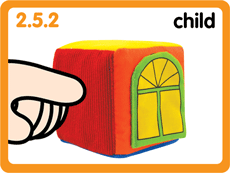











Objective: Eye hand coordination training – stacking three to five blocks
Method: Encourage children to stack three to five blocks, one on top of the other. This trains their balance and patience.








Objective: Eye-hand coordination training – creating different combinations
Method: Encourage children to create the following combinations using the blocks.
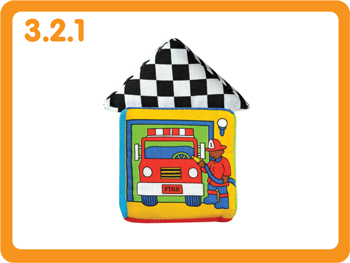











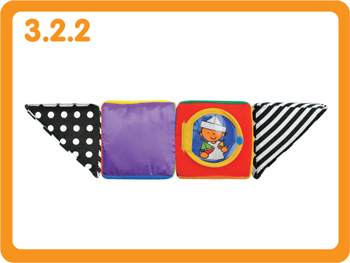











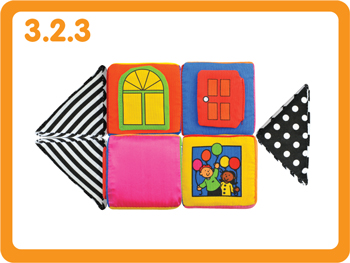











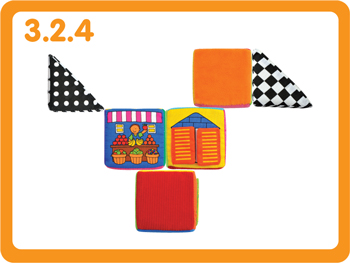























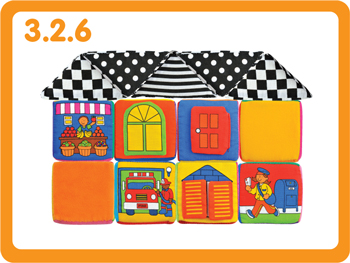











Objective: Cognitive training - learning the names of everyday objects
Method: Teach children the names of everyday objects using the graphics on the blocks.
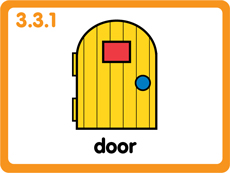











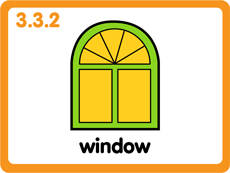











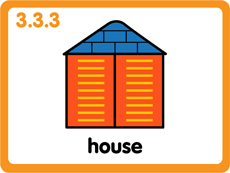























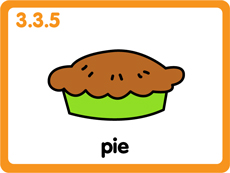











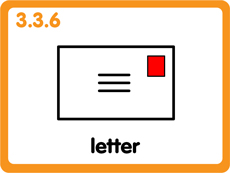











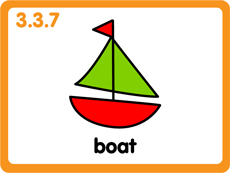











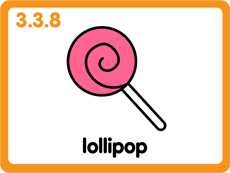











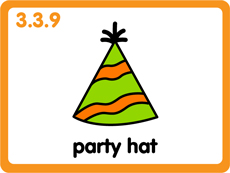











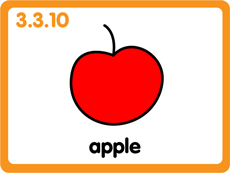













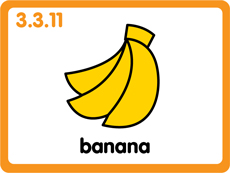













Objective: Cognitive training – pointing to everyday objects
Method: Name an object and encourage your child to point to it.
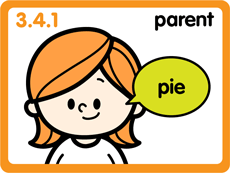











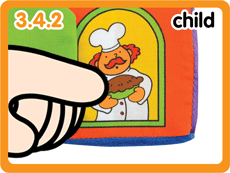











Objective: Cognitive training - learning to name different people
Method: Teach children to name different kinds of people, using the graphics on the blocks.
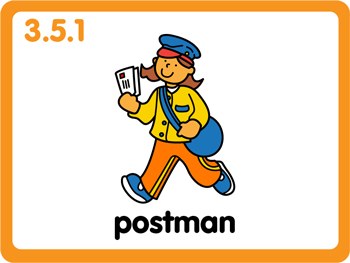











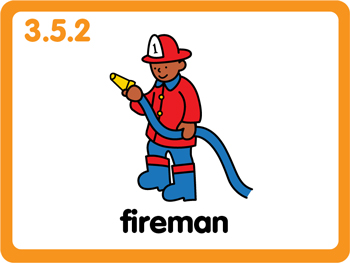











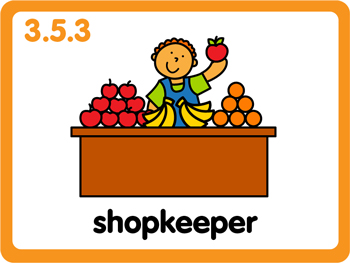











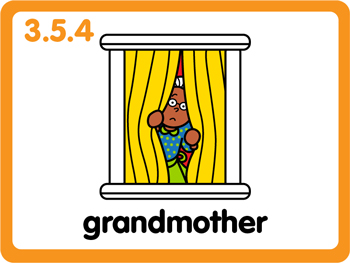











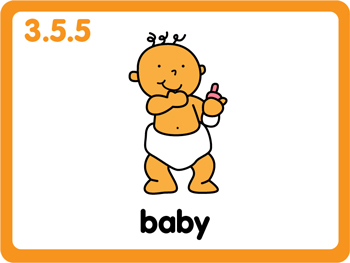











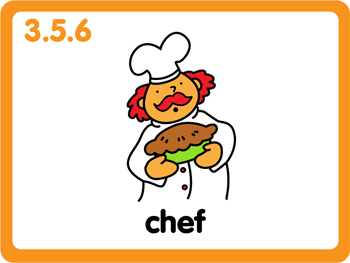











Objective: Cognitive training – pointing to different people
Method: Name a person and encourage your child to point to him or her.
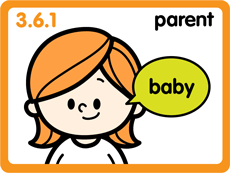











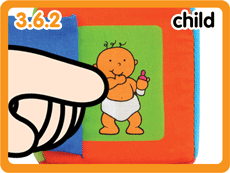











Objective: Eye hand coordination training – stacking five to six blocks
Method: Encourage children to stack five to six blocks, one on top of the other. This trains their balance and patience.








Objective: Eye-hand coordination training – playing catch
Method: The cube is soft and easy to hold and grasp. Use the cube to play catch with your child to train her reaction and eye-hand coordination.
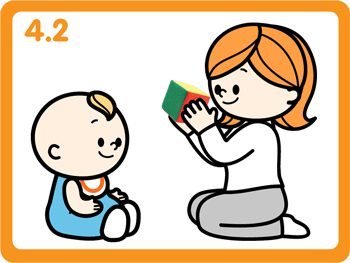







Objective: Cognitive training - learning shapes
Method: Teach children different shapes by combining the different blocks.












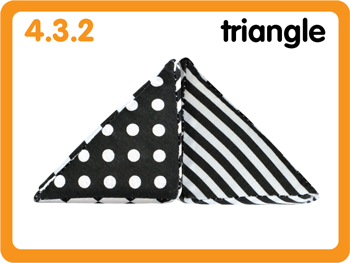











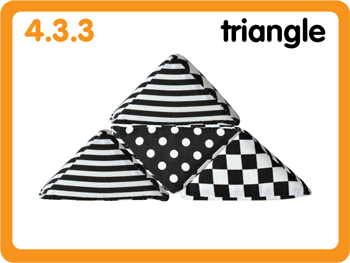











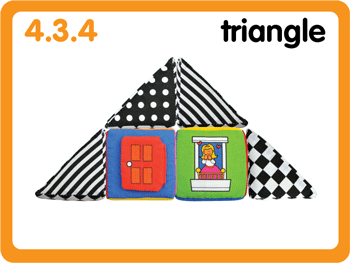











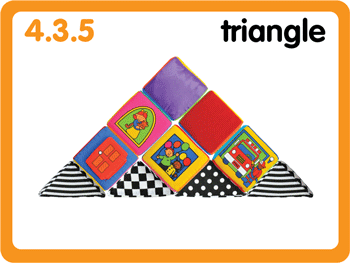











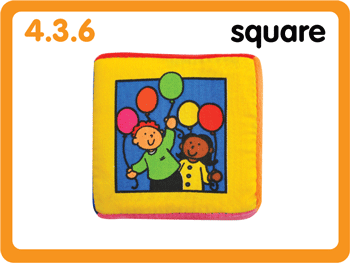











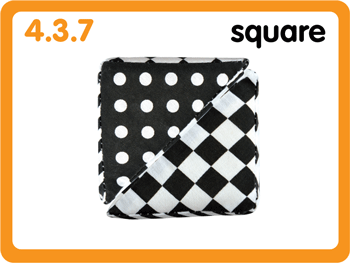











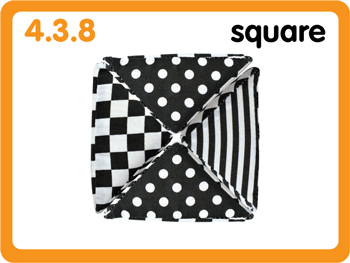











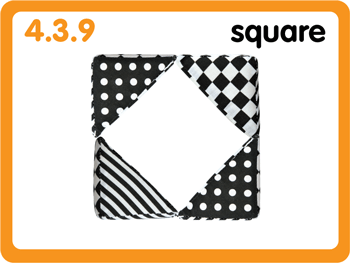











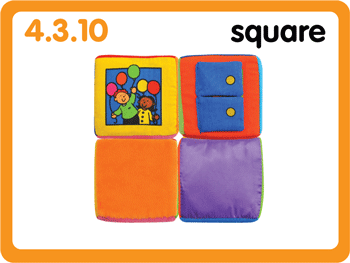













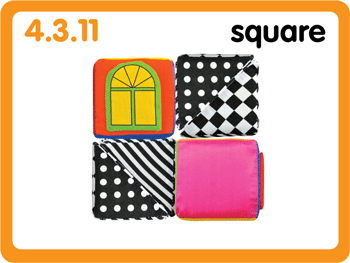













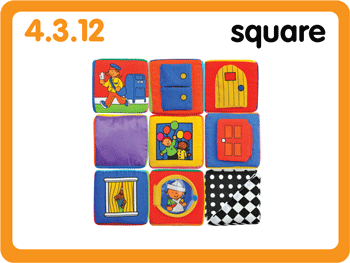













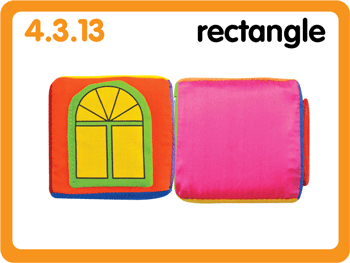













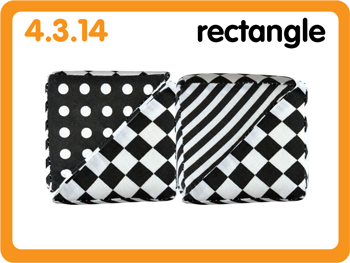













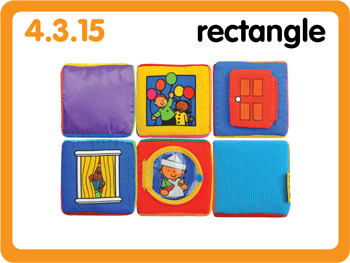













Objective: Eye-hand coordination training – creating different 3D configurations
Method: Encourage children to re-create the following 3D configurations. This develops their concept of space and dimension.
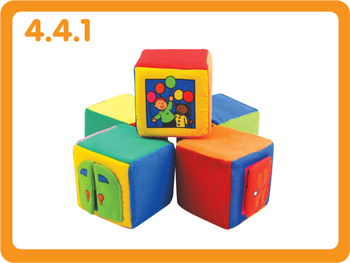











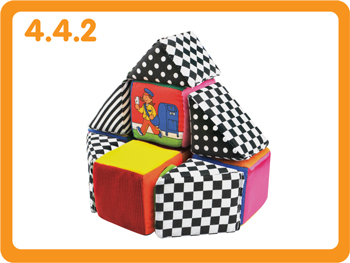











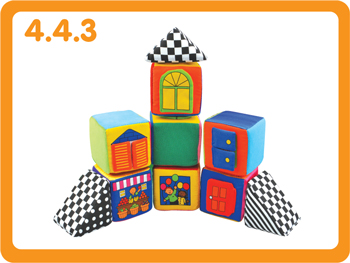











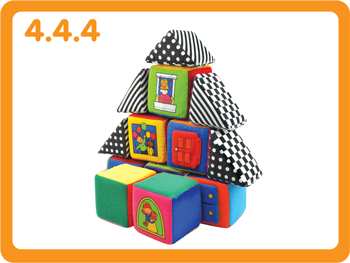











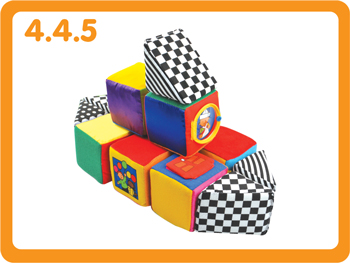











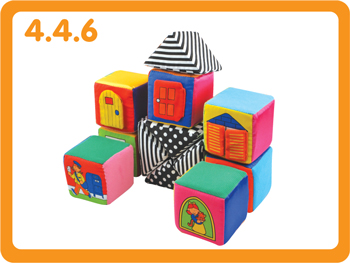











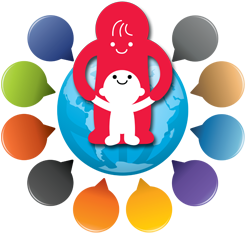
공유
케이스키즈는 Parents' Support Center를 통해 케이스키즈 제품들의 적절한 활용법을 전달합니다. 또한 저희는 모든 아이들이 케이스키즈 제품으로 놀이와 학습하면서 발달할 수 있도록 도와주고 싶습니다.
아울러 저희는 모든 아이가 독창적이며 창의적이라 믿습니다.
이곳에 명시 되어있는 학습 방법 외에 또 다른 재미와 독창적인 놀이 방법을 찾았다구요? 색다른 조합 방식의 체인끼우기 애벌레? 새로운 방법의Learn to Talk™ 를 활용한 언어 학습법? 아니면 당신의 느낌과 생각을 나누고 싶으세요?
여러분의 놀이방법을 다른 아이들와 나누길 원하신다면 아래의 문서작성을 부탁드립니다. 사진 또는 동영상을 첨부하시고 간략한 글을 작성하여 주십시오. 어떤 것이든 저희는 여러분과 함께 나누고 싶습니다. 여러분께서 제공해 주신 정보는 전 세계 다른 부모님들과 공유하게 될 것입니다.
현재 창을 닫지 말아 주십시오.












































































